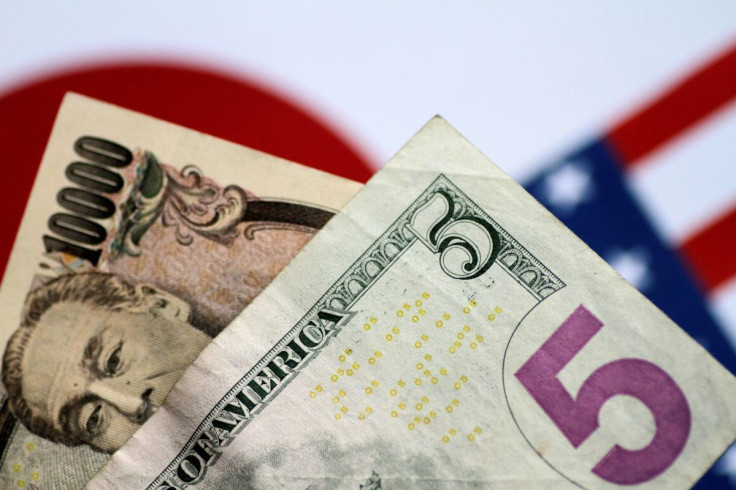Dollar Edges Higher After Robust U.S. Jobs Data

The dollar rose on Friday after data showed that U.S. job growth continued at a brisk pace in March, with the unemployment rate falling to a two-year low and wages re-accelerating, adding to expectations of a half-percentage-point rate increase at the next Federal Reserve meeting.
The nonfarm payrolls report showed an increase of 431,000 jobs last month, versus expectations of 490,000, while data for February was revised higher to show 750,000 jobs added from the previously reported 678,000. The unemployment rate dropped to 3.6%, the lowest since February 2020, from 3.8% in February.
The report pointed to solid economic momentum in the face of surging inflation, tightening monetary policy and Russia's war against Ukraine, which is further straining global supply chains and adding to price pressures.
"Another strong print is sustaining expectations for two or more jumbo-sized Fed hikes in the coming months and has added to momentum driving the dollar higher," said Karl Schamotta, chief market strategist at Corpay.
The Fed will next decide policy at a May 3-4 meeting, with CME Group's FedWatch tool showing a 68.8% chance of a half-percentage-point rate increase. That would follow on from a quarter-point hike on March 16, when the Fed embarked on a new tightening cycle.
The dollar index, which gauges the greenback against six counterparts including the euro, was up 0.311% at 98.624 at 9:20 a.m. EDT, building on Thursday's 0.50% climb.
The U.S. currency has also benefited from safe-haven flows.
"Global risk sentiment continues to deteriorate and lift the greenback as hopes for a ceasefire in Ukraine fade," said Schamotta.
The euro failed to find any support from surging euro zone inflation, which climbed to 7.5% in March, hitting another record high.
The single currency was 0.22% lower versus the greenback at $1.1042, following its sharp retreat the previous day from a one-month high as some hopes for a ceasefire in Ukraine faded. Peace talks were ongoing on Friday.
Versus the Norwegian crown, the euro fell 0.58% to 9.6716 as the commodity-linked currency rebounded from yesterday's sharp declines. The Norwegian crown also rose 0.48% versus the dollar.
The Norwegian crown rebounded on Friday on a combination of a better-than-expected domestic PMI and labour market data as well as an uptick to global oil prices, said Kristoffer Kjaer Lomholt, Head of FX at Danske Bank.
"We regard NOK to be caught in a tug of war between rising global recession risks and rising global commodity prices. As long as the global inflation narrative thrives NOK assets are likely to be in high demand," Lomholt said.
Another commodity-linked currency, the Australian dollar, rose 0.3% to $0.7508.
The Russian rouble has recovered to levels last reached in the days before Russia invaded Ukraine, defying predictions that the war would launch it into freefall. [nL2N2VZ0V6]
© Copyright Thomson Reuters 2024. All rights reserved.




















